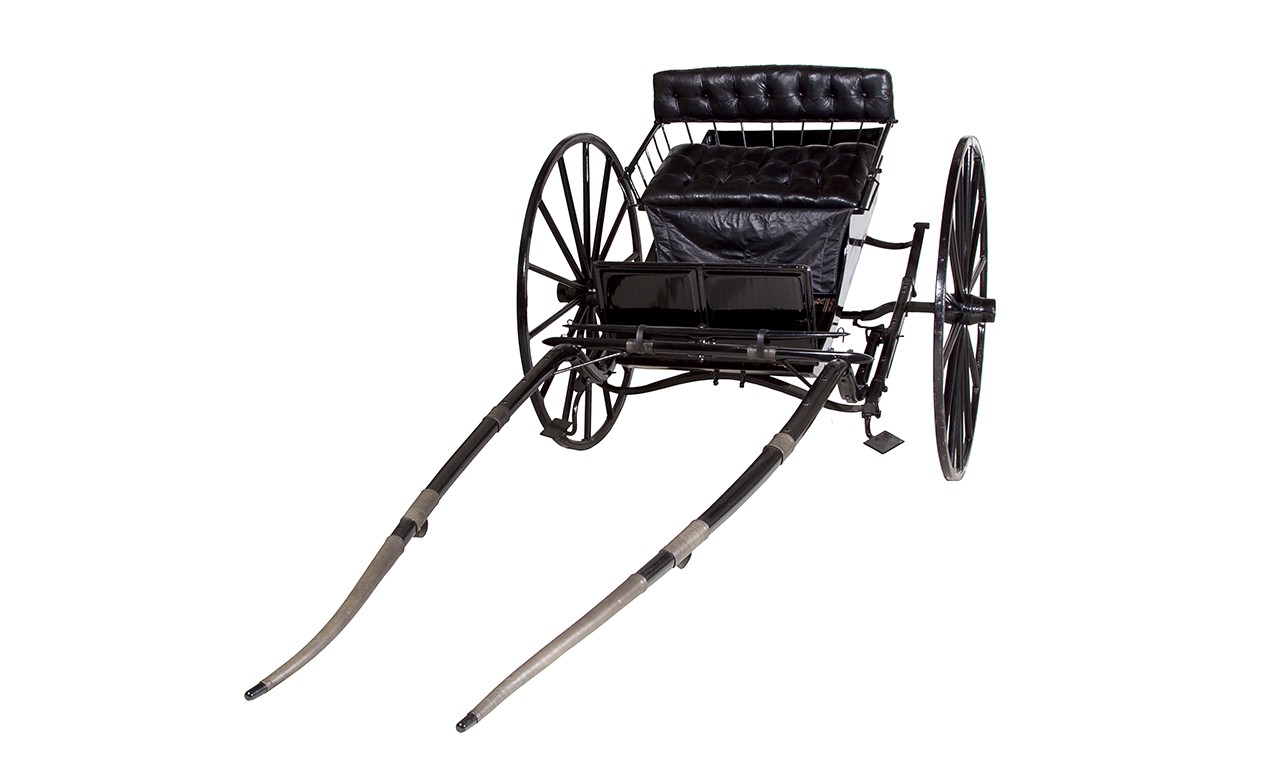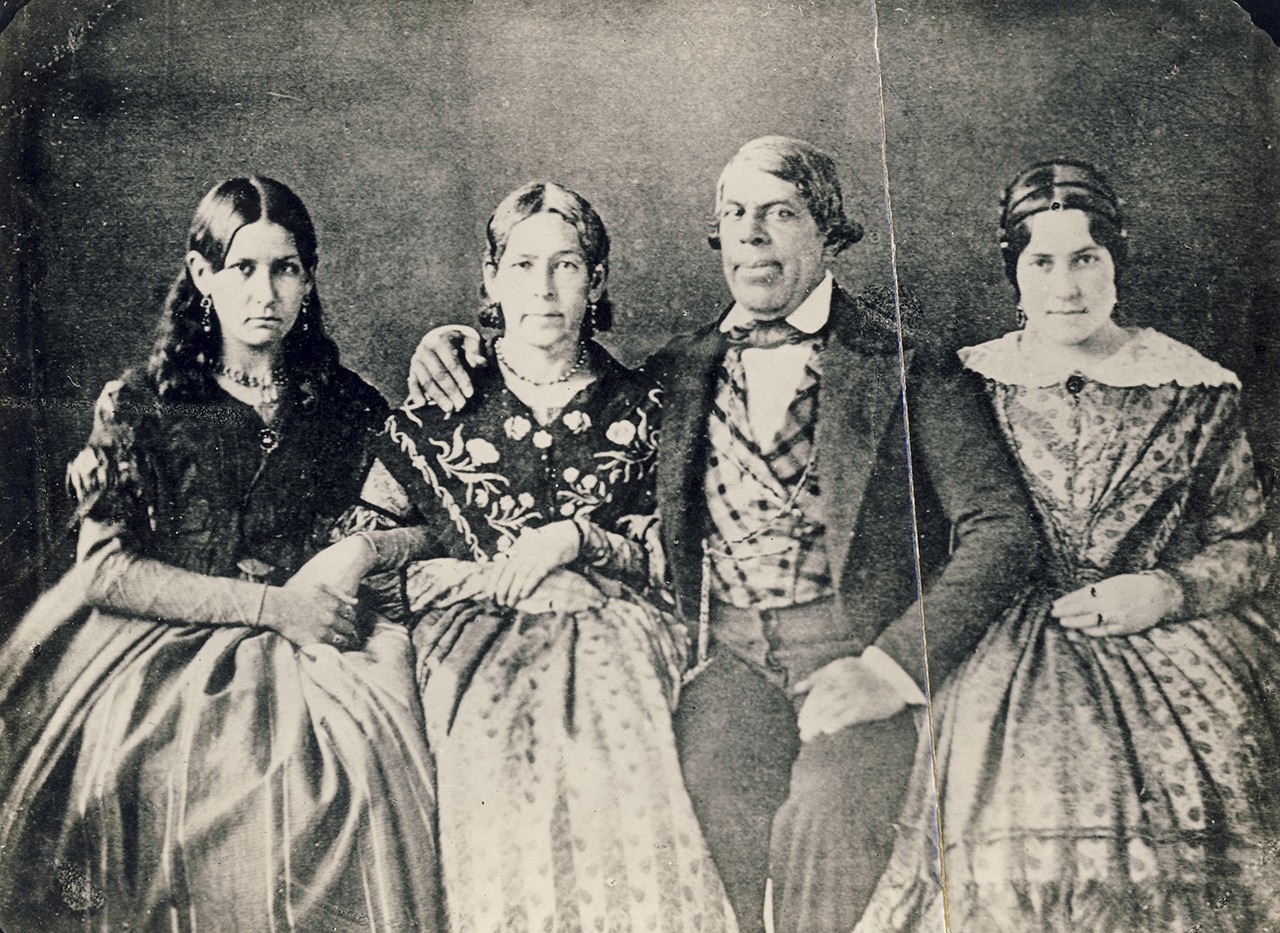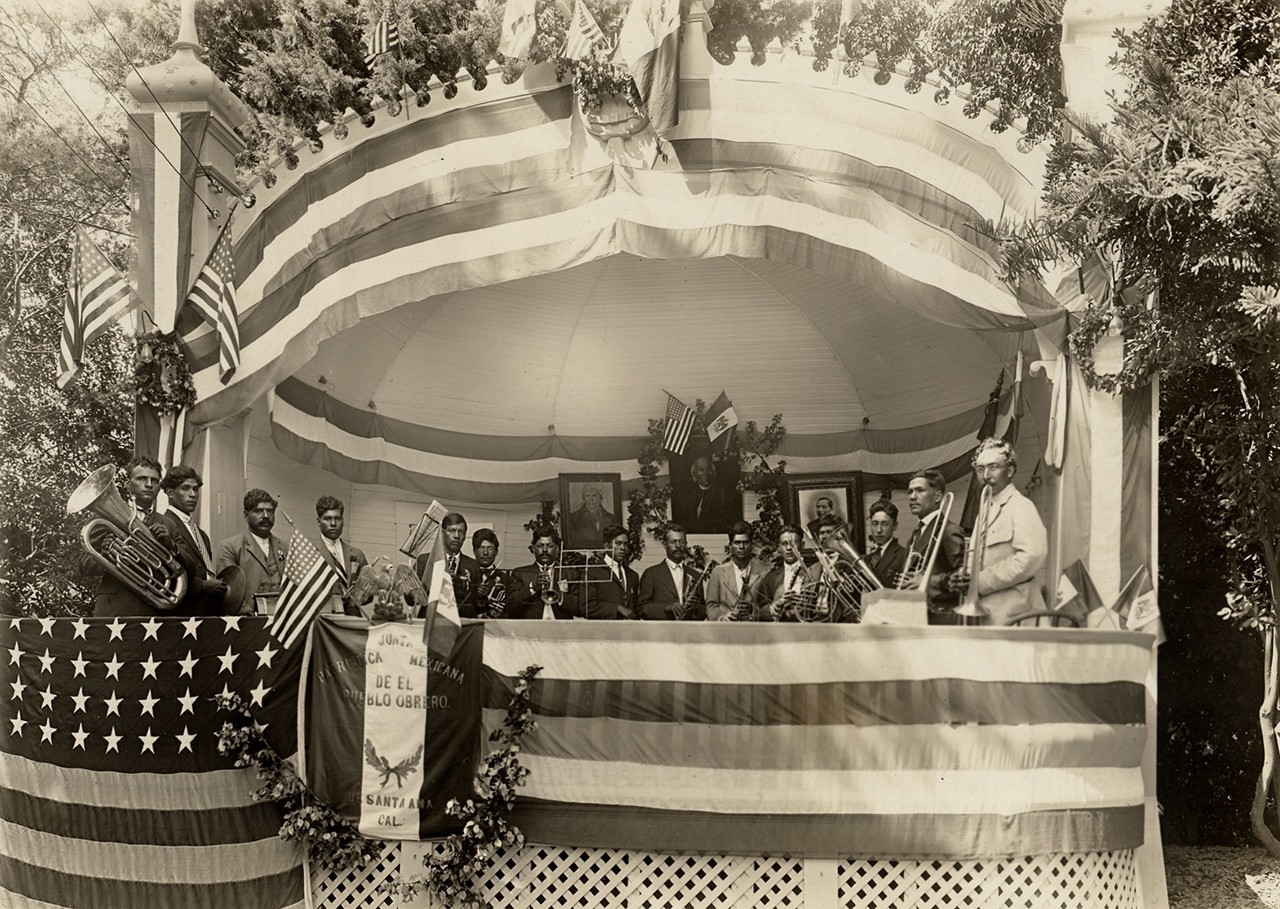2002 North Main Street
Santa Ana, California 92706
TEL: 714.567.3600
Cinco de Mayo: Celebrating One of Orange County’s First Mexican Americans
 |
| Pío Pico's Carriage, 19th Century California Metal, wood and leather; 57 3/4 × 57 1/2 × 132 in. 3945 Gift of Mrs. Thomas L. McFadden |
Shared Birthday
Holidays, like all traditions, change over time; this is especially true of Cinco de Mayo. Its origin dates back to May 5, 1862 when a relatively small Mexican force repelled a much larger, better-equipped colonial French army. Not unlike the Battle of Thermopylae more than two millennia before in which a small Greek coalition delayed the advance of an invading Persian army more than ten times their size, the victory became a point of pride for Mexico even as the country briefly fell to a still larger French response. Today in Mexico the holiday goes largely uncelebrated except in Puebla where the battle took place. There it is commemorated with parades as one might expect of a military victory. However, in the United States Cinco de Mayo has grown to focus almost entirely on celebrating Mexican American culture. In this post we look at the life and drawn cart of Pio Pico, a famous Mexican American icon who was born on Cinco de Mayo even before the day was considered a holiday.

 |
| Don Pio Pico, Nachita Alvarado de Pico and Nieces, c. 1852 Unknown photographer; California Photographic print from a daguerreotype; 7 7/8 x 9 7/8 in. 6994 Terry E. Stephenson Collection |
Up, Up, and Away
Pio de Jesus Pico was born May 5, 1801 at Mission San Gabriel Archangel. He started his adult life as a shop operator in San Diego, inheriting nothing from his father when he passed away in 1819. Whenever he could afford it, he purchased cheap parcels of land and oversaw their management, relatively quickly acquiring massive swaths of what is today Orange and Los Angeles Counties. In 1832 he was briefly appointed the Governor of Alta California, becoming the first person born in Alta California to do so. It was Pio Pico who ordered the sale of the California missions in compliance with the controversial 1833 order from Mexico to secularize the missions. After returning to his business, Pico was elected governor again in 1845. When American settlers in northern California seized control of the Mexican government headquarters in Sonoma in 1846, they declared Alta California the new “Bear Flag Republic.” Pico responded by ordering a counter offensive. With its failure, Pico was forced to flee far to the south into Mexico. After it was clear that the Americans now controlled Alta California, Pico returned. The Treaty of Guadalupe Hidalgo made Californios like Pico U.S. Citizens and granted him the right to reclaim the title to his 22,000 acres of ranch lands. Unfortunately, between the 1850s and his death in 1894 Pico’s life became a blur of being cheated out of land by relatives and acquaintances who erroneously assumed that he would not fight tooth and nail in the new California courts.

 |
| 3945 in the Bowers Museum's Missions and Ranchos Exhibition Gift of Mrs. Thomas L. McFadden |
Cart Critic
This sleek black horse drawn cart used by Pio Pico and his family in the latter half of the 19th century was given to the museum by Mrs. Thomas L. McFadden, the granddaughter of Don Juan Forster and Dona Ysidora, the sister of Pio Pico. With a black leather upholstered bench and cushion fall, the cart was an ideal vehicle for short-distance joyrides or trips into town. Beginning in the 1870s the production of specialized carriage parts such as ball sockets, iron hardware, paints, and varnishes moved away from individual workshops into factories. This means that carriages made during this time period are difficult to attribute to a specific workshop because many workshops were using the same manufactured parts, resulting in very similar looking carts.

 |
| Bandstand at Mexican Independence Day Celebrations, September 16, 1919 Edward W. Cochems (American, 1874-1949); Santa Ana, California Photographic print; 5 x 6 in. 38461 Gift of Wells Fargo Bank |
Full Circle de Mayo
Despite sharing a birthday with the holiday, Pico is perhaps an unlikely figure to celebrate on Cinco de Mayo. Had his vision been realized he never would have become Mexican American, and he certainly did not benefit in the long run from becoming an American—when he passed away, he was near penniless from all his legal battles and troubles with gambling. It is worth pointing out though that Pio Pico ultimately decided to work within the American system, leading the way for those of Mexican descent to live in the new California while observing the traditions that are important to their cultural identity. Cinco de Mayo is important in the United States as a day to express and share a pride in one’s Mexican heritage. Despite Anglo settlers meeting Californios and those of Mexican descent with racism, the fact that Mexican Independence Day and Cinco de Mayo were celebrated in the United States shortly after the annexation of Alta California is perhaps related to why Pio Pico could accept his new dual identity. On the other hand, in the face of tyranny and the threat of a cultural genocide—as Ukraine faces today—do not lose sight that Cinco de Mayo also represents a day when an act of unwarranted aggression fomented resistance and galvanized a sense of national and cultural pride.
Text and images may be under copyright. Please contact Collection Department for permission to use. References are available on request. Information subject to change upon further research.

Comments